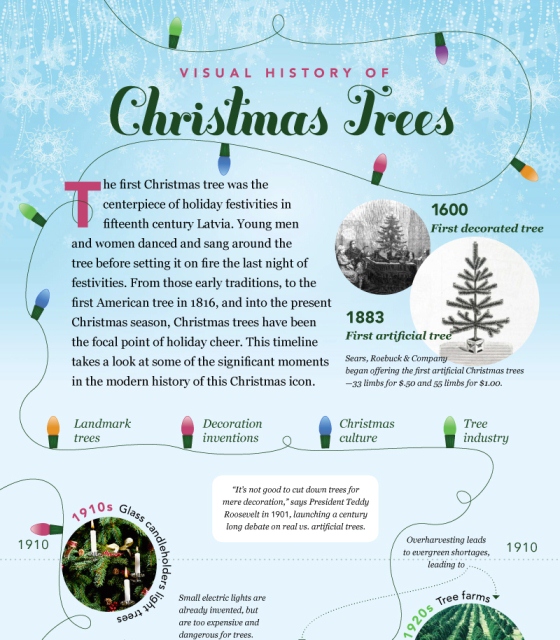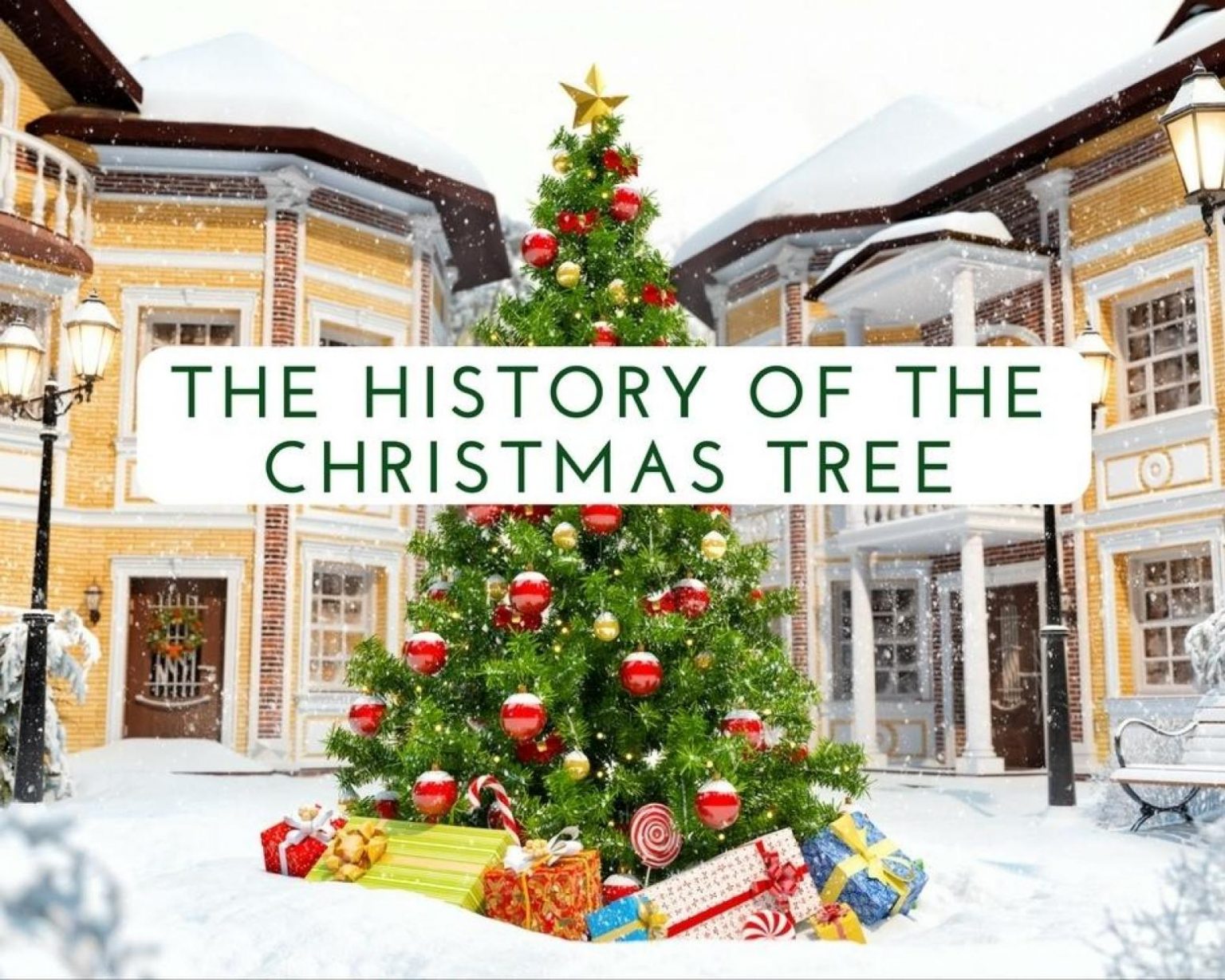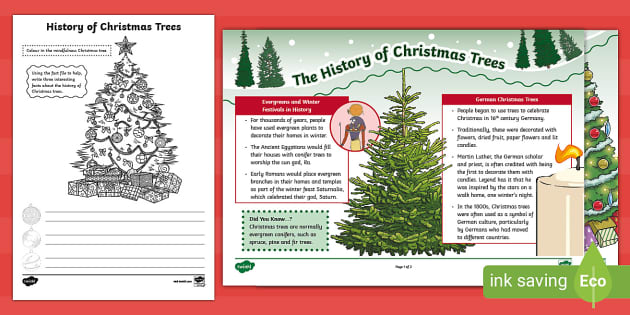
The tradition of decorating Christmas trees is a beloved and iconic part of the holiday season, but have you ever wondered where this custom originated? The history of the Christmas tree is a rich and fascinating one, spanning centuries and continents.
The evergreen fir tree has been a symbol of life and fertility in many cultures, particularly in the Northern Hemisphere, where the winter solstice marked the longest and darkest night of the year. The ancient pagans of Northern Europe would bring evergreen trees into their homes during the winter solstice to symbolize the continuation of life and the hope of the sun's return.
Early Christian Traditions

The early Christian church attempted to eliminate the pagan traditions of the winter solstice, but the evergreen tree remained a popular symbol of the season. In the 8th century, Saint Boniface, a Christian missionary, is said to have used the evergreen fir tree to illustrate the Christian concept of the Trinity. The triangular shape of the fir tree, with its three main branches, was seen as a representation of the Father, the Son, and the Holy Spirit.
Germanic Traditions
The modern Christmas tree tradition as we know it today originated in 16th-century Germany. The evergreen fir tree was seen as a symbol of hope and renewal during the harsh winter months. The trees were decorated with candles, fruits, and other ornaments, and were often topped with a star or an angel.
The tradition of decorating Christmas trees was popularized by Prince Albert, the German-born husband of Queen Victoria of England. Albert brought the tradition to the British court, and it soon spread to wealthy households across the country.
Popularization of the Christmas Tree Tradition

The Christmas tree tradition was popularized in the United States in the mid-19th century, thanks in part to the influence of German immigrants. The first American Christmas tree lot was set up in 1851 by Mark Carr, a German immigrant who sold trees on the streets of New York City.
The tradition gained widespread popularity in the United States after a picture of Queen Victoria's Christmas tree was published in an American magazine in 1846. The illustration showed the Queen and her family gathered around a decorated tree, and it sparked a wave of interest in the tradition.
Thomas Edison and the Electric Light

The modern electric Christmas light was invented by Thomas Edison, who created a string of lights that could be powered by a dynamo. Edison's colleague, Edward Johnson, hand-wired 80 red, white, and blue lights and placed them on a rotating tree in his home in New York City. The lights were a huge success, and soon electric Christmas lights became a staple of the holiday season.
Modern Christmas Tree Traditions
Today, the Christmas tree tradition is celebrated by people all around the world. The trees are decorated with a wide range of ornaments, from traditional glass balls and candles to modern electronic lights and digital displays.
The tradition has also evolved to include a wide range of cultural and personal expressions. Some people choose to use artificial trees, while others prefer to use real trees. Some decorate their trees with a specific theme or color scheme, while others prefer a more eclectic approach.
Environmental Impact of Christmas Trees

In recent years, there has been growing concern about the environmental impact of Christmas trees. Real trees require large amounts of water and pesticides to grow, and they often end up in landfills after the holiday season.
Artificial trees, on the other hand, are made from plastic and metal, and they can be reused for many years. However, they are often made from non-biodegradable materials and can end up in landfills when they are no longer usable.
To minimize the environmental impact of Christmas trees, many people are choosing to use living trees that can be planted after the holiday season. Others are opting for recycled or sustainable tree options.
Conclusion
The Christmas tree tradition is a rich and complex one, with roots in ancient pagan cultures and early Christian traditions. From its humble beginnings in 16th-century Germany to its modern-day celebrations around the world, the Christmas tree has become an iconic symbol of the holiday season.
Whether you prefer a real tree or an artificial one, the Christmas tree tradition is a time-honored and beloved part of the holiday season. By understanding the history and cultural significance of the Christmas tree, we can appreciate the true meaning and spirit of the holiday season.




What is the origin of the Christmas tree tradition?
+The Christmas tree tradition originated in 16th-century Germany, where it was seen as a symbol of hope and renewal during the harsh winter months.
Who popularized the Christmas tree tradition in the United States?
+The Christmas tree tradition was popularized in the United States by German immigrants, particularly Prince Albert, the German-born husband of Queen Victoria of England.
What is the environmental impact of Christmas trees?
+Real Christmas trees require large amounts of water and pesticides to grow, and they often end up in landfills after the holiday season. Artificial trees, on the other hand, are made from plastic and metal, and they can be reused for many years.



![The history of Christmas trees [Infographic]](https://www.onlyinfographic.com/wp-content/uploads/2015/12/christmas-tree-infographic.jpg)







